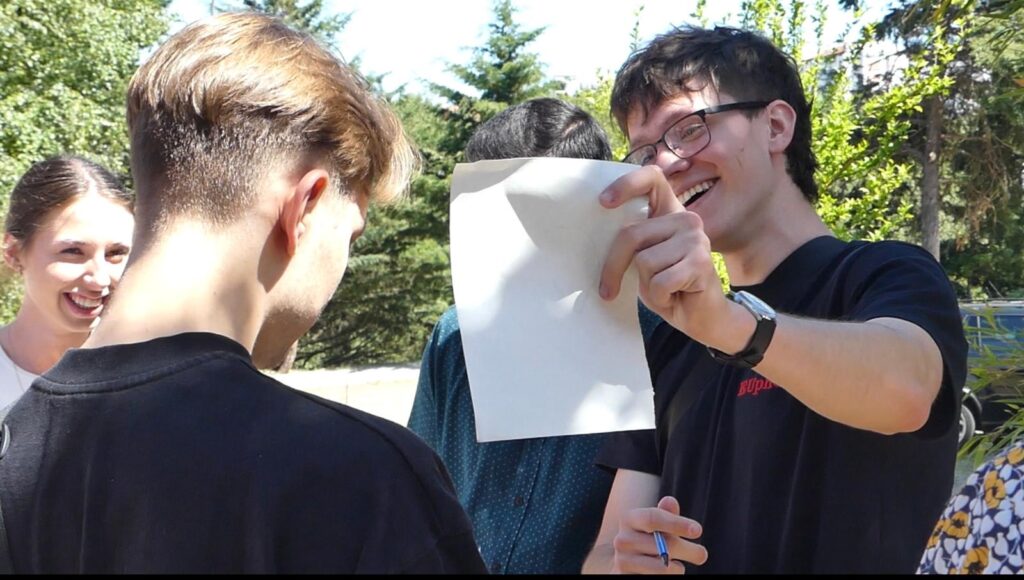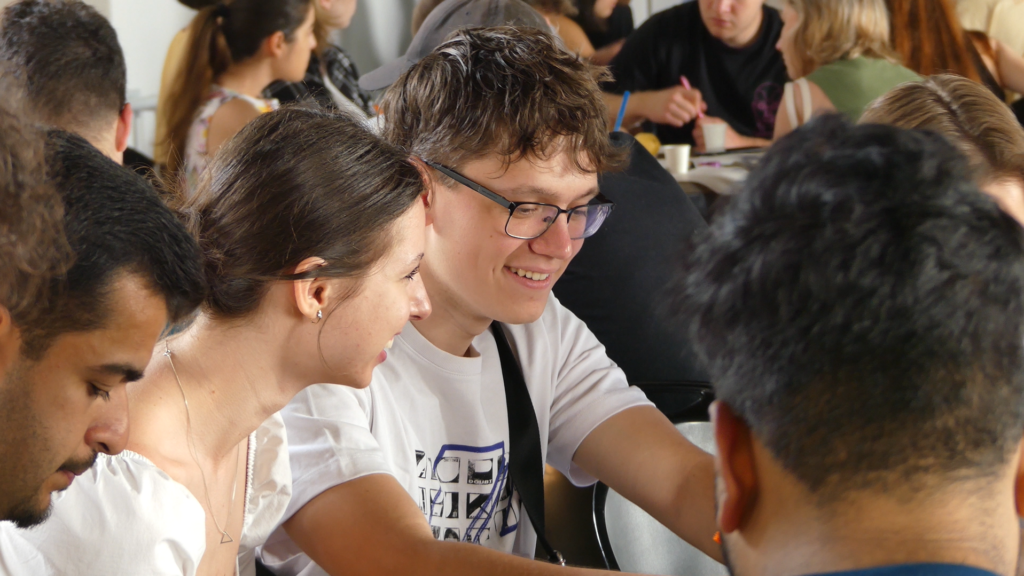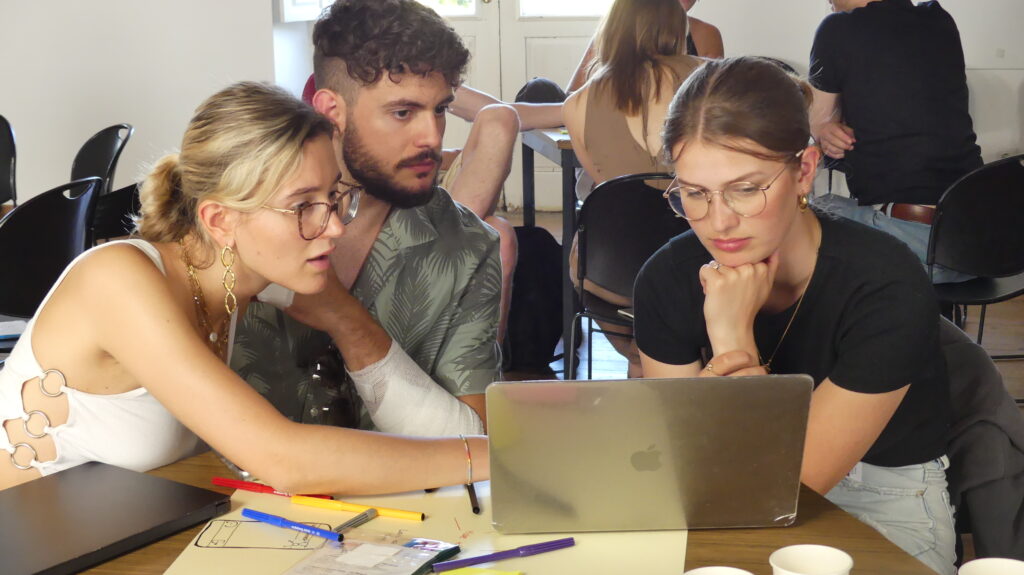My name is Francel Eggink and this semester I was working as a communication intern at IGNITION. At the beginning of June, I joined the face-to-face week of the Blended Intensive Program (BIP) of IGNITION partners in Bragança, Portugal. IGNITION’s project leader Madelon van Oostrom had invited me to document this immersive week of innovation and Challenge-based learning, and engage with participants to capture their experiences. When I started my internship in Groningen, Netherlands, I never anticipated that it would lead to such an exciting international adventure. In this blog post, I look back at the week’s program, my personal experiences, and the insights shared by others.
Our journey began on a Saturday morning. We arrived in Porto with some time to spare before our bus to Bragança in the evening. On Sunday, we explored the city, prepared for the busy week ahead and ended the day with dinner at the local castle – with breathtaking views and delicious food – setting a wonderful tone for the week.
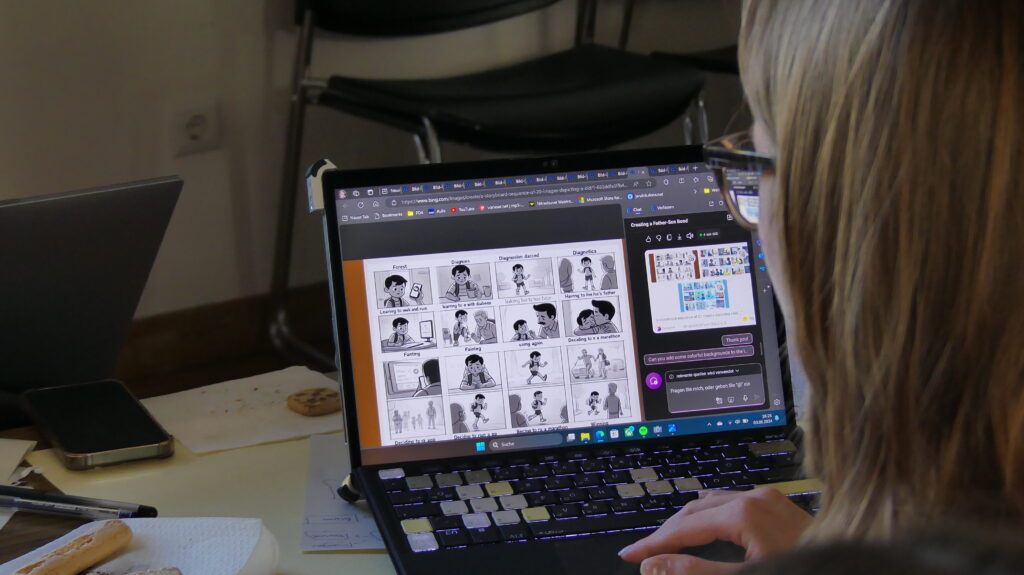
As a communication intern, my role was to film and photograph the week’s activities. Capturing the essence of the experience meant focusing on close-ups, interviews, and overview shots. This week was an invaluable learning opportunity for me, enhancing my skills with the camera and understanding the nuances of capturing diverse shots. Additionally, it allowed me to witness the positive impact of challenge-based learning.
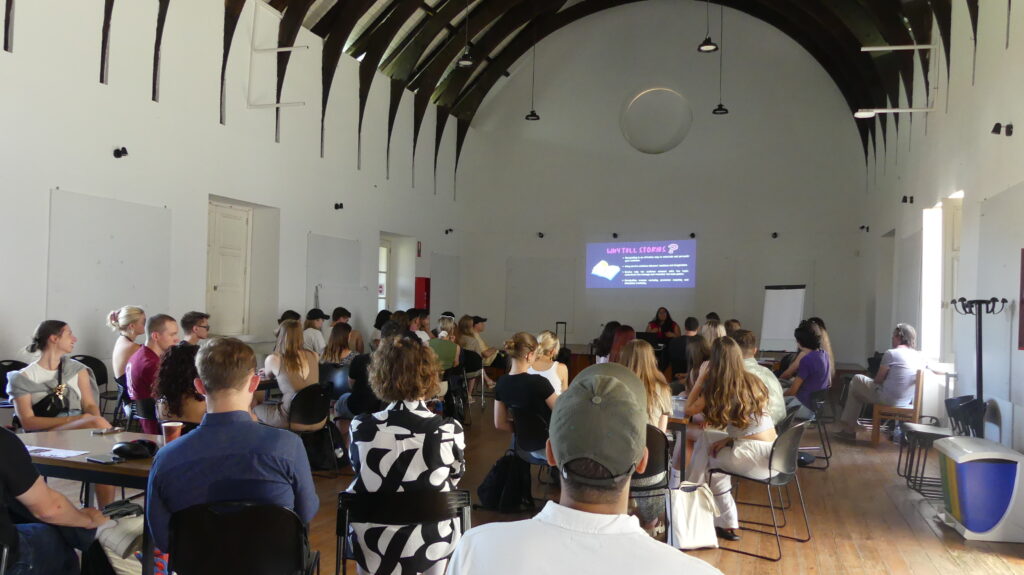
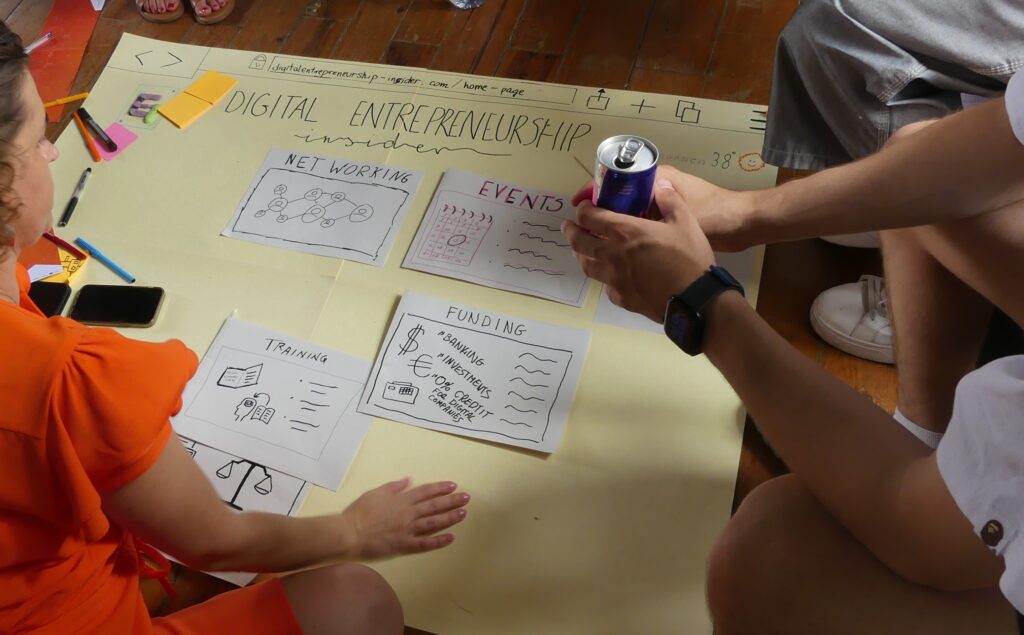
Monday: Start of the programme and storytelling workshop
Monday morning started at the campus of the Polytechnic Institute of Bragança (IPB). The BIP coordinators Inês Barbedo and Barbara Barroso gave a welcome speech for students and teachers about the upcoming week and the IGNITION project. Following the speech, the group moved outside for a drawing activity, where participants got acquainted and showcased the different working styles and perspectives amongst the group. This activity got the students in good spirits and enthusiastic for the rest of the week!
After lunch, the group met up again in the city centre, where the rest of the week’s activities took place. The first workshop, led by Diana Silva and Gleidcy Rocha, focused on storytelling. The workshop challenged students to build and present their stories, focusing on the solutions they have been developing. The results were very creative, demonstrating the students’ ability to think critically and convey their ideas effectively. Additionally, students showcased their digital skills by using various tools and platforms to enhance their storytelling presentations.
Tuesday: Creativity workshop and cultural diversity
On Tuesday, the day started with the creativity workshop led by Melissa Selzener. The students learned what creativity is (the ability to produce ideas that are both useful and novel) and how to develop the most creative ideas in a group with brainstorming techniques. They directly applied their knew knowledge in a brainstorming session.
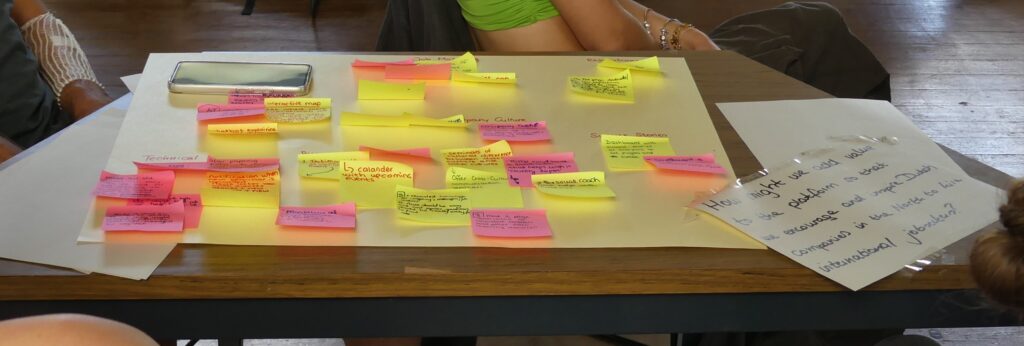
After lunch, the students had another workshop about cultural diversity in international team working, led by Agnieska Glodowkska and Jakub Garncarz, facilitators from the university in Krakow, in Poland.
Wednesday: Cultural excursion
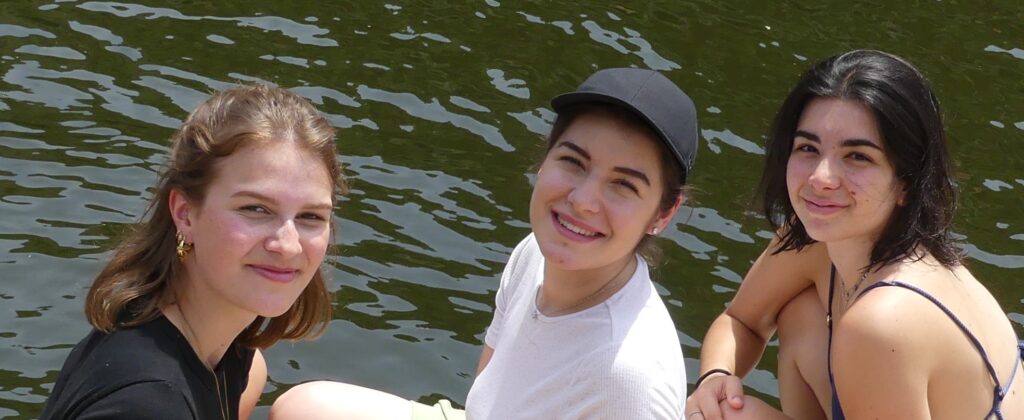
On Wednesday, we had a trip to the Côa River, the nearby Côa Valley Archaeological Park and the Museu das Gravuras de Foz do Côa. When we arrived by bus, we travelled the last part to the river in smaller groups by car. On the way, I had the chance to ask three students about their experiences of this week. They were happy to share their experiences and I got some great footage.
The students had the opportunity to cool down in the Côa River, while in turn a boat took smaller groups to the Côa Valley Archaeological Park to see some incredible rock art from the Ice Age. It was fascinating to learn about these ancient carvings and the history behind them.
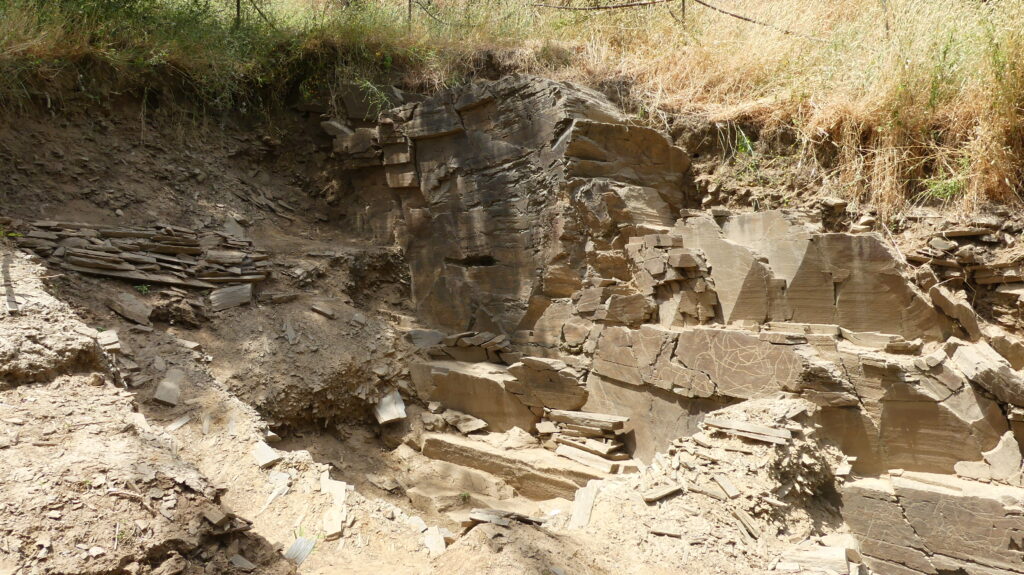
Afterwards, we visited the Museu das Gravuras de Foz do Côa, where we went through the museum with a guide. As we already had a guide to the Côa Valley Archaeological Park, I would have loved to explore the museum on my own and enjoy the interactive aspects. Overall, the trip was a fantastic chance to bond, enjoy a glimpse of Portugal’s natural beauty, and dive into its rich history.
Thursday: Testing the prototypes
On Thursday, the day began with a fun drawing activity as part of the prototyping workshop. Thea Warringa gradually led the students to more challenging drawings, encouraging them to visualize their experiences during the BIP. For the students, that was specially meeting new people, tasting Portuguese food and wine and enjoying the warm weather. The students felt it was a great way to kick off a day focused on developing their prototypes.
Thursday’s dinner with everyone from the BIP, located in the teacher’s canteen of the university, was a wonderful conclusion of the week. The evening started outside with a special surprise organized by IPB, that turned out to be the highlight of the evening: a performance of the women music group Tona Tuna, who showcased traditional Portuguese music and dance.
Throughout the evening, I could feel the enjoyment with the students and heard much laughter. The strong bonds formed among the students were apparent. I was seated with the facilitators, and it was a great opportunity to get to know them better. Luckily, the food was very good, as the cook was generously handing out seconds if you looked away for a moment.
After dinner, when we left the teachers’ cafeteria, we saw music and light on the school grounds. As we got closer, we saw a DJ that was positioned in the center pit of a semi-circular stand that sloped up to street level, where we came from. In the center pit, students were talking and dancing around the DJ booth. We looked at each other enthusiastically, slightly jealous that our university did not provide this. Enthusiastic but tired, we left for the hotel after this joyful evening.
Friday: Presentation Day
Friday started with a group picture of all facilitators, before the students arrived. Many students came in with suitcases in tow, as they were leaving right after presenting their innovative prototypes. A few had early flights to catch that morning, others departed in the evening, while some students looked forward to a weekend in Porto. I walked around gathering students’ reflections on the week, and I was happy to hear the students had only positive things to say. A few students were not entirely awake yet, but most were eager to share their thoughts.
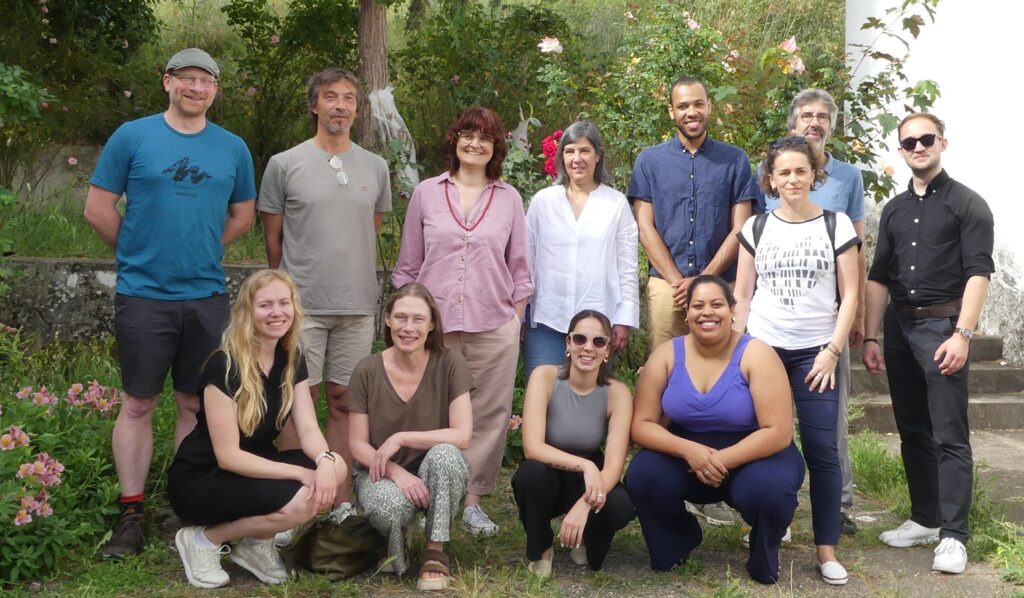
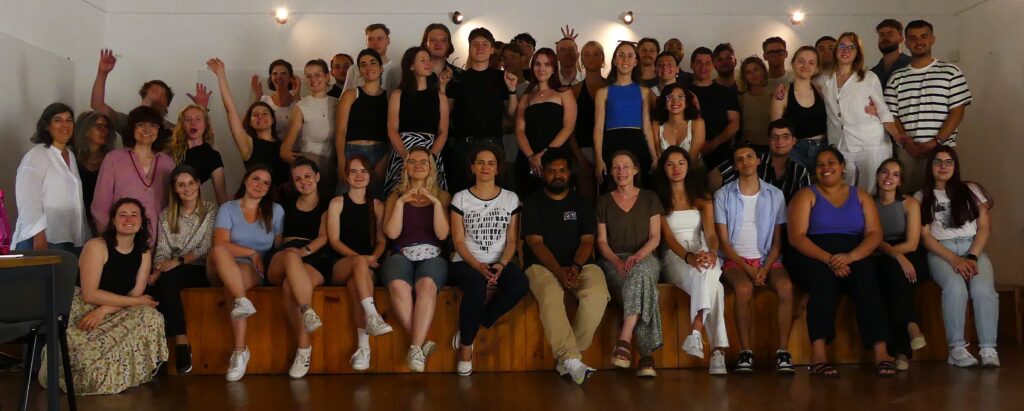
After lunch, the students set up their presentation corners to showcase their prototypes. Facilitators and students alike walked around, engaging with each presentation and experiencing the creative solutions first-hand. In the weeks following the BIP, the teams refined their products and eventually presented them to their clients on July 3rd.
It was nice to see the students so passionate about their prototypes, and the different styles of presenting them. Group 6 presented their prototype as to look like an existing phone application called 100Sugars, making the user experience clear to see. This was a nice touch for the presentation and made it easier to understand their concept. I especially liked the presentation of group 3 with the prototype “Make it in the North”, which was a website containing cultural information (divided by country) that an employer might need when working with employees from other cultures.
Friday evening was our last night in Bragança, and we spent it in the restaurant at the castle, ending the week the same way as we started it. The next day, we would travel back to Porto, where Joel Egharevba from HSB would stay for another night and the Hanze team would fly back to The Netherlands. We started the evening outside, but quickly had to move inside because of heavy rain. When we decided to go home, the heavy rain had turned into a thunderstorm. We had some issues with arranging a cab, but eventually we got to the hotel. I ended the day packing my suitcase with occasional glimpses outside to watch the thunderstorm.
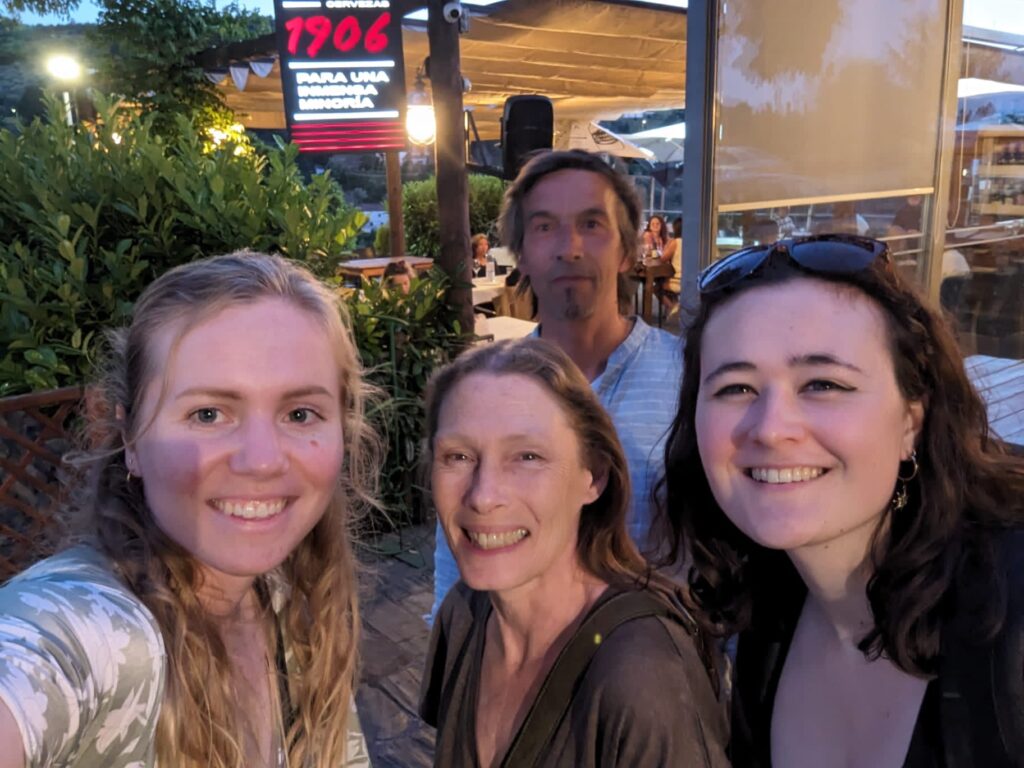
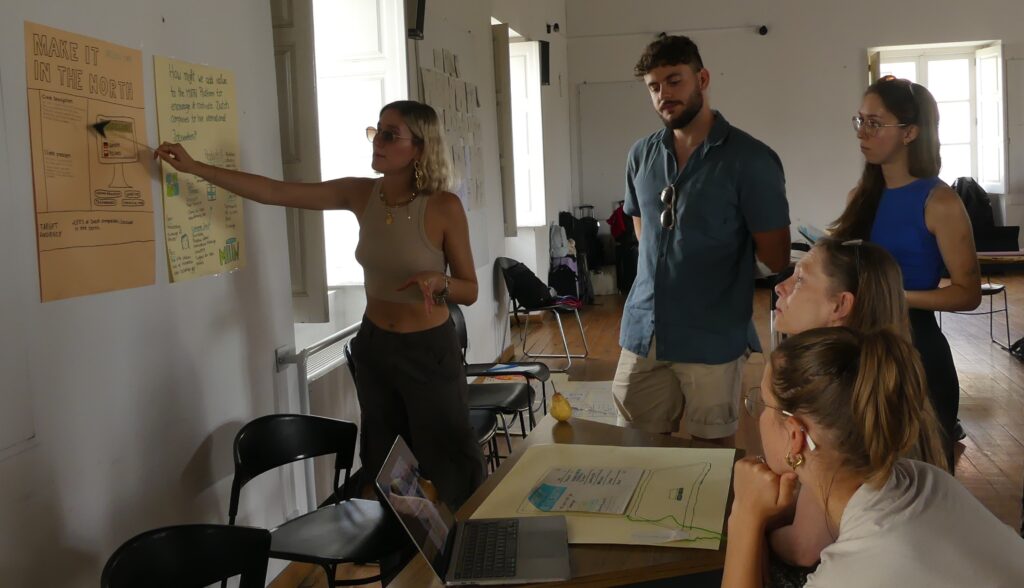
Looking back at a valuable experience
Listening to the students’ enthusiastic feedback and observing their dedication was incredibly valuable. The face-to-face interactions underscored the importance of teamwork and the tangible benefits for both students and participating organisations. Students passionately engaged in creating prototypes for real-world challenges faced by organizations, demonstrating innovative thinking within their international teams. Many students noted the opportunity to forge friendships across Europe as a significant benefit, enhancing both their personal and professional networks.
For facilitators, the week offered valuable insights and opportunities for continuous improvement. Discussions focused on enhancing student engagement, refining assessment methods, and addressing various logistical aspects to ensure a future BIP’s success.
During this week, I got to see the inspiring results and positive feelings that came from the collaboration between students and external stakeholders. I heard and saw the enthusiasm and positive aspects of challenge based learning throughout this BIP. Furthermore, hearing the facilitators discuss the success of this BIP and the design of the next BIP was really interesting, as I got to learn about the design process for such a program. The week gave me an interesting glimpse in the implementation of challenge based learning, a framework that is currently much discussed and valued in higher education. I am very grateful to have had this experience and I look forward to more of these in the future!
